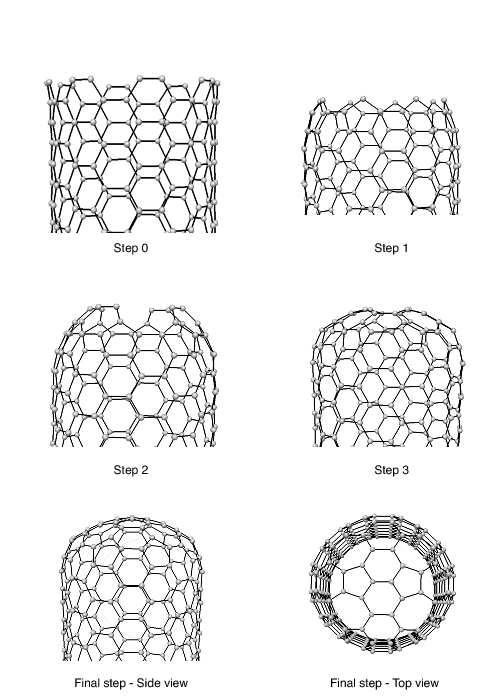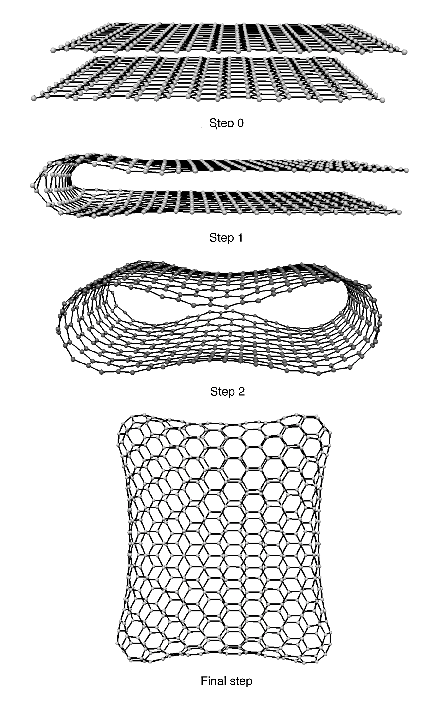Section: Application Domains
Nano-engineering
|
The magazine Science has recently featured a paper demonstrating an example of DNA nanotechnology, where DNA strands are stacked together through programmable self-assembly. In February 2007, the cover of Nature Nanotechnology showed a “nano-wheel” composed of a few atoms only. Several nanosystems have already been demonstrated, including a wheelbarrow molecule, a nano-car and a Morse molecule, etc. Typically, these nanosystems are designed in part via quantum mechanics calculations, such as the semi-empirical ASED+ calculation technique.
Of course, not all small systems that currently fall under the label “nano” have mechanical, electronic, optical properties similar to the examples given above. Furthermore, current construction capabilities lack behind some of the theoretical designs which have been proposed. However, the trend is clearly for adding more and more functionality to nanosystems. While designing nanosystems is still very much an art mostly performed by physicists, chemists and biologists in labs throughout the world, there is absolutely no doubt that fundamental engineering practices will progressively emerge, and that these practices will be turned into quantitative rules and methods. Similar to what has happened with macroscopic engineering, powerful and generic software will then be employed to engineer complex nanosystems.
We have recently shown that our incremental and adaptive algorithms allow us to easily edit and model complex shapes, such as a nanotube (Fig. 1 ) and the “nano-pillow” below (Fig. 2 ).



